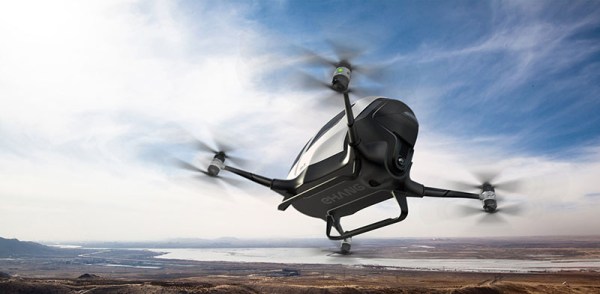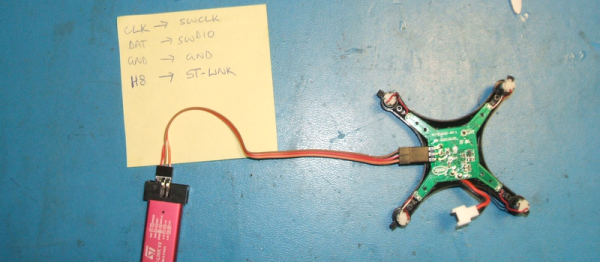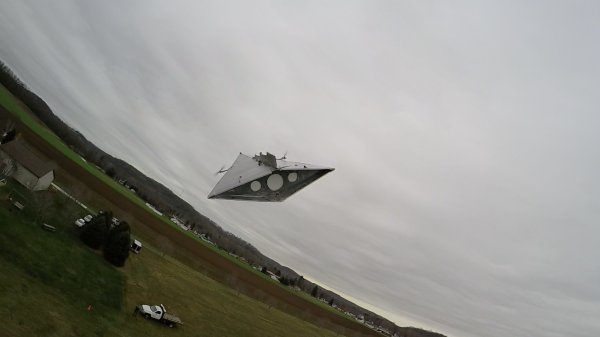CES, the Consumer Electronics Show, is in full swing. Just for a second, let’s take a step back and assess the zeitgeist of the tech literati. Drones – or quadcopters, or UAVs, or UASes, whatever you call them – are huge. Self-driving cars are the next big thing. Flying cars have always been popular. On the technical side of things, batteries are getting really good, and China is slowly figuring out aerospace technologies. What could this possibly mean for CES? Self-flying drone cars.
The Ehang 184 is billed as the first autonomous drone that can carry a human. The idea is a flying version of the self-driving cars that are just over the horizon: hop in a whirring deathtrap, set your destination, and soar through the air above the plebs that just aren’t as special as you.
While the Ehang 184 sounds like a horrendously ill-conceived Indiegogo campaign, the company has released some specs for their self-flying drone car. It’s an octocopter, powered by eight 106kW brushless motors. Flight time is about 23 minutes, with a range of about 10 miles. The empty weight of the aircraft is 200 kg (440 lbs), with a maximum payload of 100 kg (220 lbs). This puts the MTOW of the Ehang 184 at 660 lbs, far below the 1,320 lbs cutoff for light sport aircraft as defined by the FAA, but far more than the definition of an ultralight – 254 lbs empty weight.
In any event, it’s a purely academic matter to consider how such a vehicle would be licensed by the FAA or any other civil aviation administration. It’s already illegal to test in the US, authorities haven’t really caught up to the idea of fixed-wing aircraft powered by batteries, and the idea of a legal autonomous aircraft carrying a passenger is ludicrous.
Is the Ehang 184 a real product? There is no price, and no conceivable way any government would allow an autonomous aircraft fly with someone inside it. It is, however, a perfect embodiment of the insanity of CES.









 The only part of the squirrel cage fan [Samm] reused was the impeller. Every other part of this power plant was either constructed out of foam board, plywood, or in the case of the brushless motor turning the fan, stolen from the ubiquitous box of junk on every modeller’s workbench.
The only part of the squirrel cage fan [Samm] reused was the impeller. Every other part of this power plant was either constructed out of foam board, plywood, or in the case of the brushless motor turning the fan, stolen from the ubiquitous box of junk on every modeller’s workbench.








